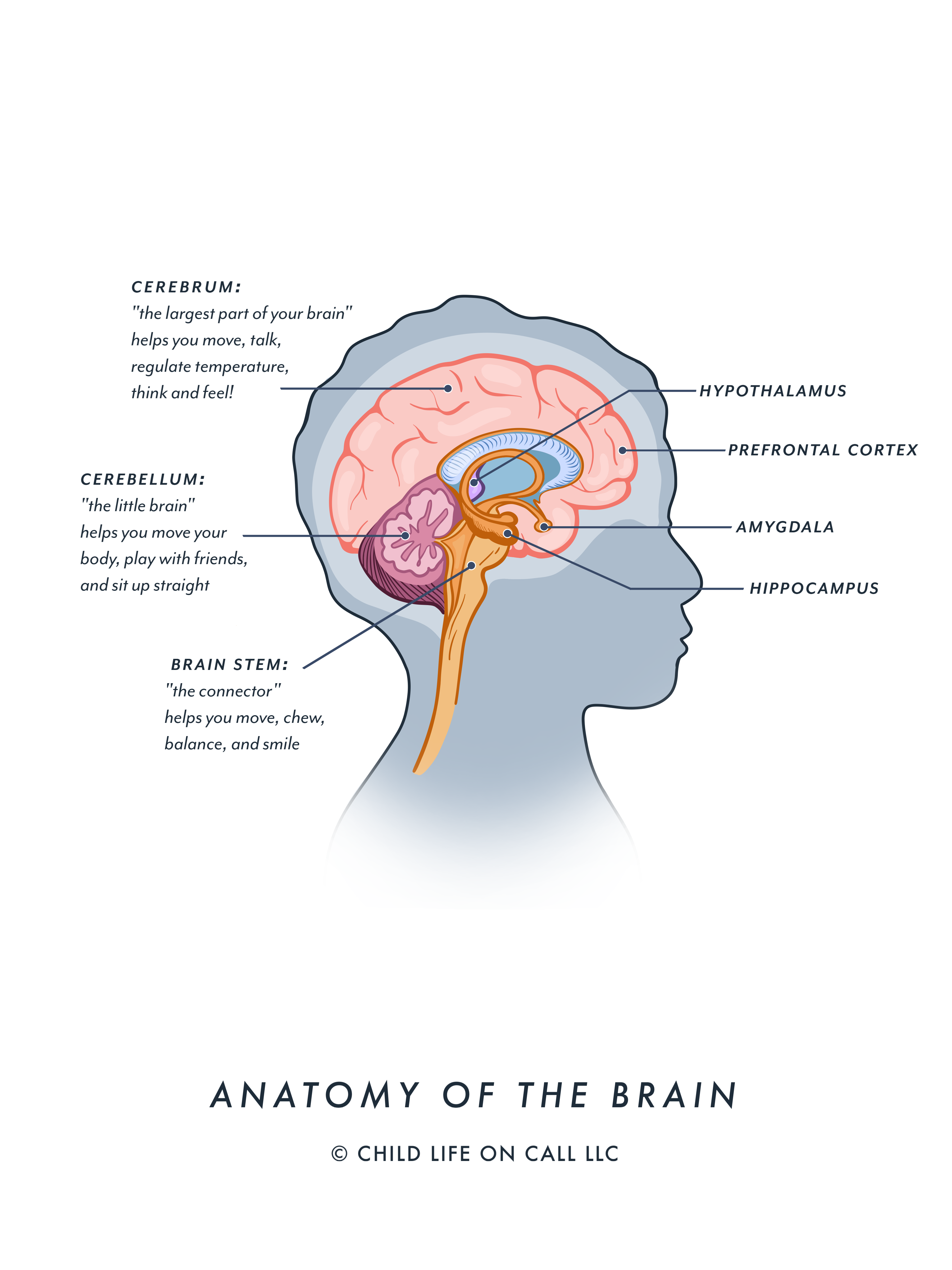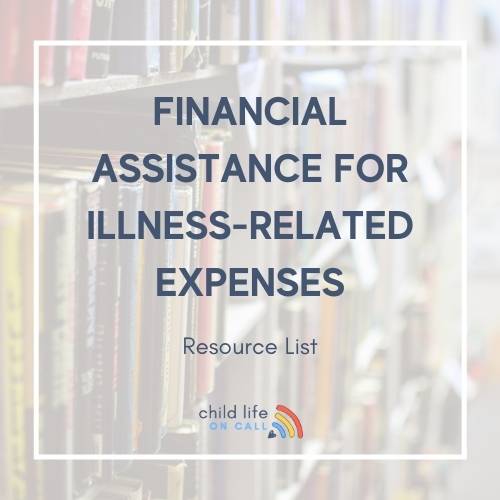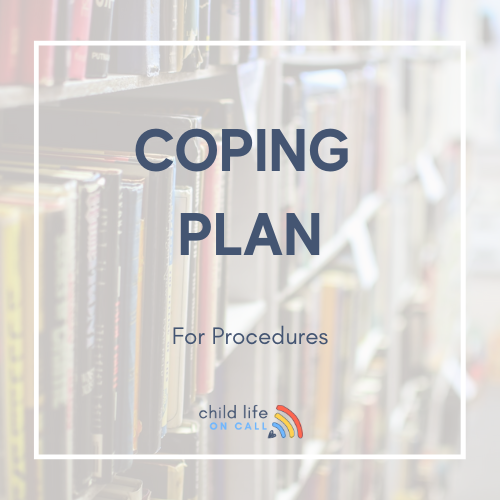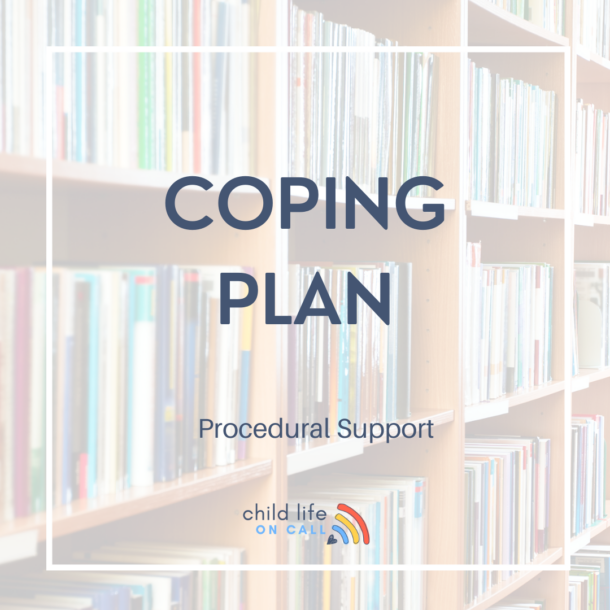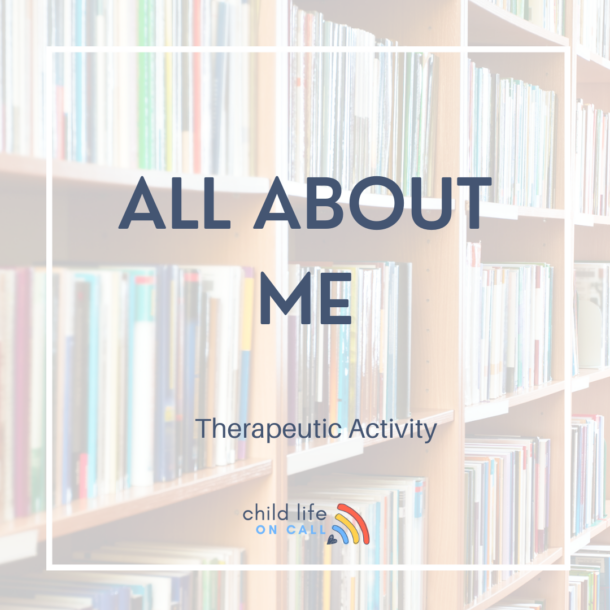Last week, I was tagged in a TikTok video to share some tips on preparing children for electroencephalograms (EEGs). As a child life professional, EEGs are a common procedure that I’ve helped prepare children for, but as a mother whose child has had one, I know that the procedure is anything BUT routine for families.
What is an EEG?
An EEG records the electrical activity of the human brain. Electrodes are placed on the head, which are connected to an amplifier, and then to a computing device that records and analyzes signals. The EEG can be useful for diagnosing epilepsy, sleep disorders, Alzheimer’s disease, and other neurological conditions.
So, that’s the medical explanation that clinicians can understand, but how can we explain it in a way that both parents and kids can understand?
The EEG is a medical test to see what’s happening inside your brain. In this test, there are special wires called electrodes that attach to your head and can read your electric brain waves, showing where and how big they are. An EEG does not hurt and it can help doctors figure out how to help you. Some kids stay at the hospital for their EEG for one or two nights. Your doctor will make sure you know how long the plan is for you to stay. During the EEG, special technicians will be able to see your brain waves on the monitor and your actions on the camera at all times. (This text and this video (English + Spanish) are taken directly from the Child Life On Call app, which you can learn more about here).
Preparing your child for an EEG
There is no “one size fits all” approach for preparing a child for an EEG, but using this formula is a great start. Consider the following as you develop a plan to tell a child about an EEG:
-
The age and development of the child:
- Under 2 – Reading books and medical play are beneficial, but parents taking the time to prepare themselves can be most helpful in the long run.
- 2 -5 – Role rehearsal and role reversal medical play as seen in the above video. Example here.
- 6 and Up – Start by asking questions and understanding misconceptions or assumptions.
-
Describe the Sequence of Events and Sensory Experiences
- Use descriptive, specific language from the beginning to the end of the experience, including driving to the doctor and how it well end.
- Sensory information about the way things smell, feel, and taste can be hepful. For example, “The rainbow-colored wires and long and smooth and connect to a small round circle that feels like a metal coin. The special glue used to connect the electrode to your head feels like toothpaste.”
-
Come up with a Coping Plan and Strategies
- Practicing or rehearsing how the parent and child will react in certain situations is helpful when the procedure begins.
- For example, If the glue smells funny, how should we handle it?
The EEG Room
Ask the doctor’s office to send a picture of the room you are going to before you arrive. That way the parent and child can look at the room and identify familiar and unfamiliar objects before walking in for the first time. Familiar objects may include, chairs, beds, sinks, TVs, etc. Unfamiliar objects may include machines, lights, etc.
How to Advocate for Your Child During an EEG
Because putting the electrodes on can take time, some kids like to put on something to watch, either on TV or on a phone/iPad as staying still during this process is an important part to make sure the tech is able to put the electrodes in the correct location. However, if your child has a difficult time when TV/iPad time is over, you may want to consider a more subdued activity like reading books, I-Spy, and stickers to make the transition to being still a bit easier.
If you’re planning for a long video EEG that lasts several days, then the transition from putting the electrodes on to having the recording begin isn’t as big an issue.
At any time, you can ask the tech what she/he is doing or show you the tools they will use. It is your child and your right to know what’s happening. Although the test is not “painful” some children with sensory needs may feel overwhelmed and you know your child best, so speak up!
Resources for Parents
Toddler Sticker Sheets for EEGs
A Mother’s Story about an Epilepsy Diagnosis

